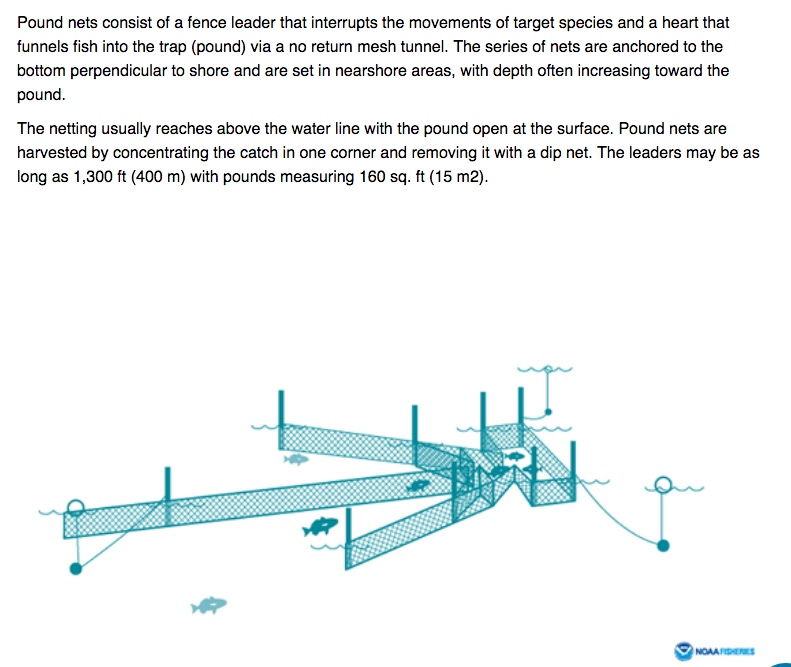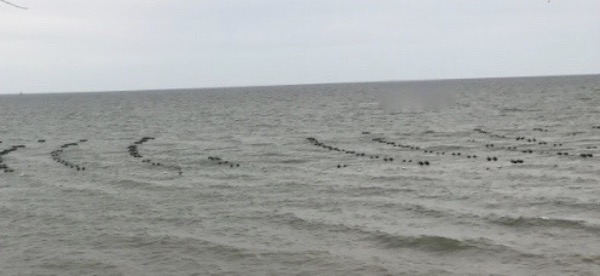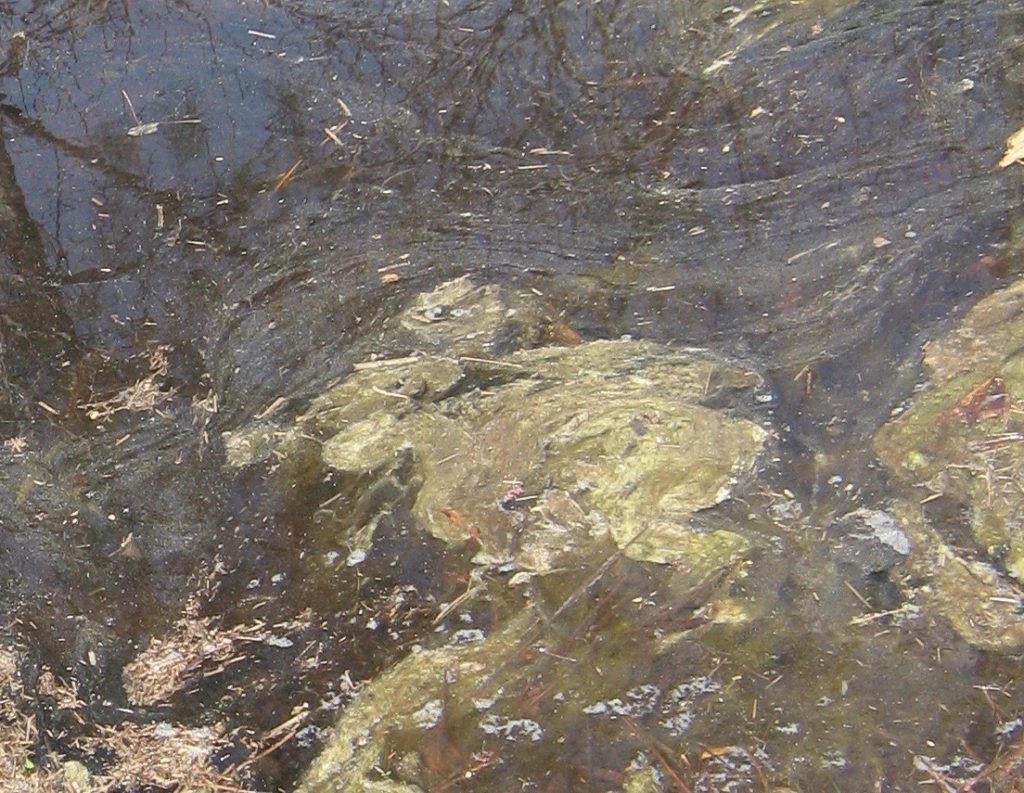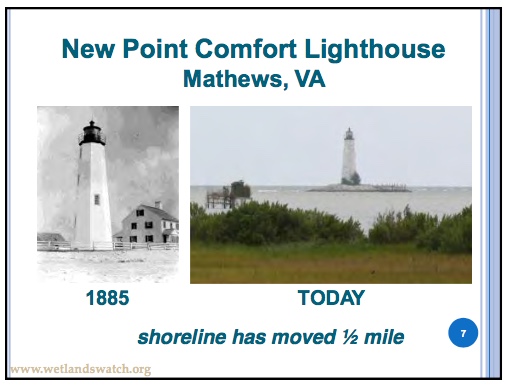by Carol J. Bova
In my June 14 post, I talked about the benefits of floating cage oyster aquaculture for improving water quality. So I’ve been quite surprised at the comments objecting to Kevin Wade’s Milford Haven application to the Virginia Marine Resources Commission (VMRC). I considered each protest and found many were based on misinformation or lack of information.
Eighty-three couples or individuals filed 98 protests to the application, with 295 separate statements. I sorted those into five general groups: Business, Water Access and Safety, Environmental, Miscellaneous and Personal Impact. The first four involve factual matters and opinions about those matters. Those in the Personal Impact group are about perceptions and feelings, and I’ll discuss those in a separate post.
Business: 100 objections
Twenty-four of those were opposed to commercial development in Gwynn’s Island, some against all commercial development there. This is not only unrealistic, particularly for a working waterfront district, VMRC has no jurisdiction over this.
The other 76 objections were related to the land operations of this specific business: 28 for increased traffic, 26 for noise, 13 for smell, and 9 miscellaneous for trash, increased septic demand, hours of operation, being in the RPA, “surrounding neighbors and waterfront,” and the belief jobs will be seasonal and they won’t employ locals.
Noise, Trash, Odor:
This company has operated for 18 years at this location without problems, and some of the facilities there go back to the 1950s. If the application is approved, the natural movement of the water on the floating cages will eliminate the need for tumbling equipment. Flipping the cages periodically in the water eliminates the fouling that requires power washing. Sorting and packing will be done indoors.
If the floating cage application is turned down, tumbling and power washing will be necessary.
Traffic:
Previous business in crabs was at least twice as much as there will be even with the new aquaculture project. While heavy trucks were used to ship crabs in the 1950s, none are required for the current business or future oyster project. Since the oysters will supply the half-shell market, shipments can go out on small refrigerated trucks that will not burden the infrastructure.
Jobs & Septic Demand:
The 14-16 new full-time, year-round jobs will be open to any locals who wish to apply, at above minimum wage. Since there used to be twice as many people working there in the past, there is no issue with septic system capability.
Water Access and Safety Issues: 56 objections
These protests were on impacts to navigation, water access from private docks, safety issues and increased boat traffic.
Increased Boat Traffic:
Tending the oyster cages will be done from two boats working 6 a.m. to 2 p.m. Not exactly a marine rush hour situation.
Navigation, Access, Safety:
All of the other issues are covered by
VMRC General Permit 4 and the Joint Permit Application for the project. The agencies reviewing the application are the Virginia Department of Environmental Quality (DEQ), VMRC, U.S. Army Corps of Engineers, and local Wetlands Board. The application shows:
– No riparian landowners are within 500 feet of the area in the application.
– Only 5.5 acres of the current 18.03 acre ground lease will be used.
– No dock or other access to the water from the shore will be impeded.
– No navigation channel will be impacted.
– Boundary markings will be according to state regulations.
Environmental: 42 objections
Some of these objections are the hardest to understand. Can so many people really not know what oysters do for the environment?
Pollution:
Oysters do not pollute water or cause excess sedimentation. Oysters improve water quality by filtering phytoplankton, excess nutrients and sediment from the water. When they are harvested, the nitrogen they took into their bodies and shells are permanently removed from the water. The
U.S. Department of Agriculture has recognized shellfish gardening and farming “for the positive impact it has on the Chesapeake Bay.”
Impact on Eelgrass:
Eelgrass is one form of subaqueous vegetation (SAV). The map below from VIMS shows areas of SAV beds in Milford Haven. The proposed floating cage project will not be over SAV, so it cannot shade it, but when the oysters filter the water and improve the clarity, more sunlight will reach the SAV, which in turn, allows it to produce more oxygen and provide all the benefits the protestors were concerned about.
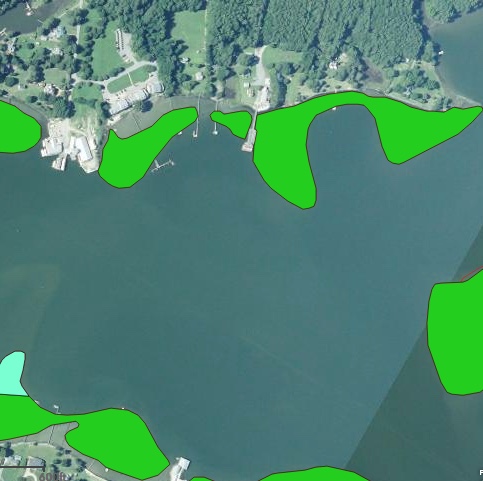
Image courtesy of VIMS SAV Ecology, Monitoring & Restoration Program, College of William & Mary.
One person quoted from what he said was a study from the University of Massachusetts about aquaculture ecosystem damage from oyster cages that destroyed eelgrass, which in turn,has impacts on migratory waterfowl. He called for an environmental impact study, but what he quoted from was not a study, it was a blog post by UMass students about an Audubon Society lawsuit against Humboldt County in California over allowing an expansion of oyster aquaculture in and over SAV beds. All the citations in that blog post were related to those problems or discussed the functions of SAV. There was no connection to the conditions specified in the local application.
Ospreys:
Concerns that the cages will interfere with ospreys looking for fish are unfounded. Ospreys hunt from the air and clearer water will help them locate fish more easily.
Miscellaneous: 23 objections
Five gave no reason.
Four said it would interfere with potential archeological surveys, although VMRC General Permit #4 requires permittees “to cooperate with agencies of the Commonwealth in the recovery of archeological remains if deemed necessary.”
Three felt there’d be a negative impact on tourism, even though Kevin Wade wrote in a letter to the editor of the Gazette Journal, “We’ll add to the eco-tourism goals of Mathews County, showing the waterman’s lifestyle, even though it’s a slightly different form, and the benefits of aquaculture as a sustainable model.”
The remaining eleven objections felt Gwynn’s Island was an historic district and the project did not belong there. In 1895, however, in the Report of the Chief Engineer of the Army to Congress, Major C.E.L.B. Davis reported about Gwynn’s Island: “It has a population of 600 to 700, chiefly engaged in fishing and oystering.” The location has been a working waterfront for over 200 years. What on Gwynn’s Island is more a part of its history than that?
So far, facts have not made a difference in the attitudes of those protesting this project, but the facts are spelled out here.
Personal Impact
I will discuss this group of 74 objections related to property value, view, and quality of life in the next post on InsideTheCrater.com.

 The Washington Post published a
The Washington Post published a 